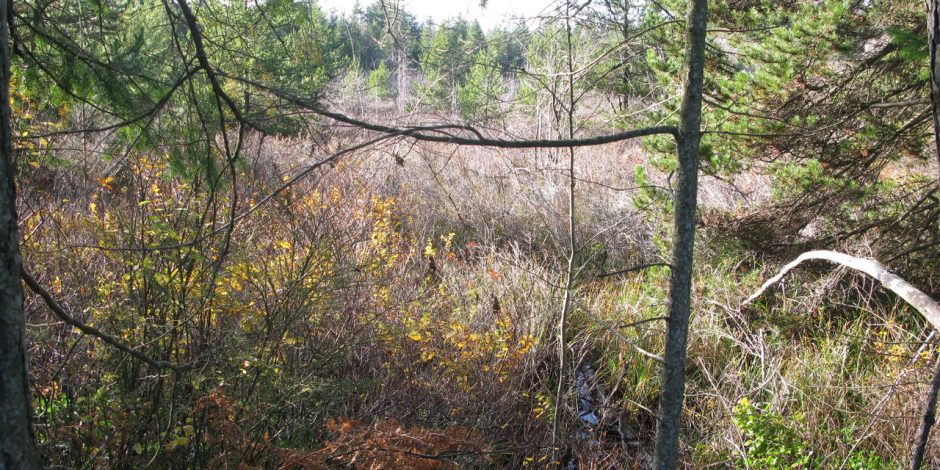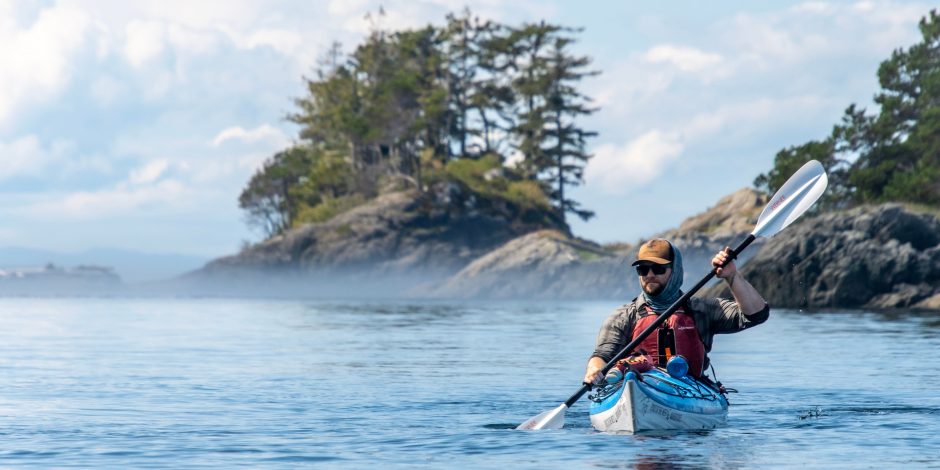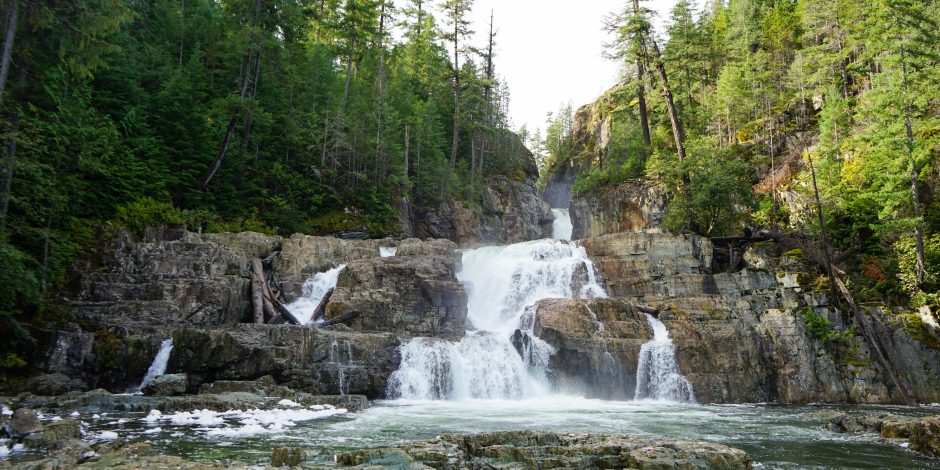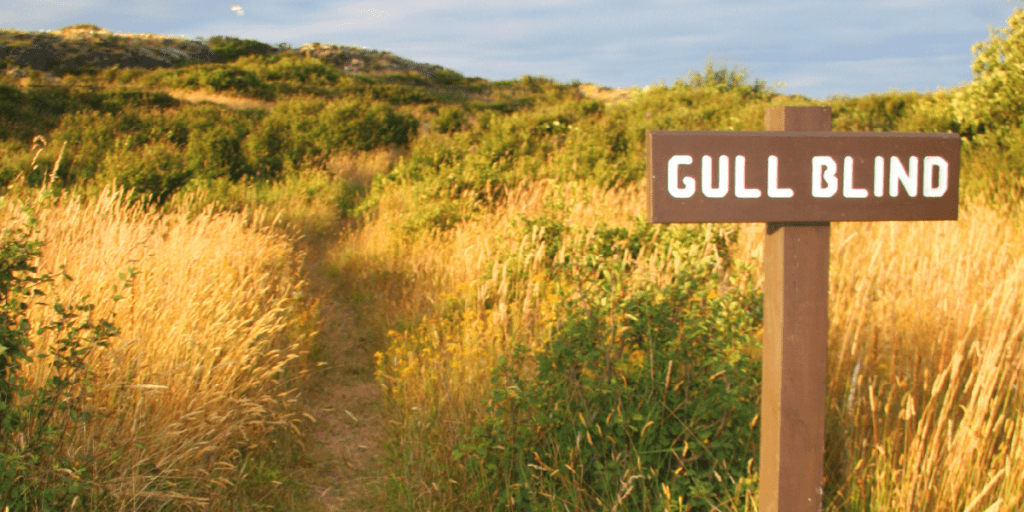Thanks be to Ron Burrell, a former provincial Forest Service Manager, who, in the early 1990s, took on the job of resolving development issues surrounding Beaver Lodge Lands in south Campbell River, and managed to preserve a bog for the birds.
Urban development, in those years, had spread towards the
south and the west of the city, moving into an area last logged and partially reforested in the 1920s. Plans for the building of an education centre—now North Island College and Timberline Secondary—and a major extension to South Dogwood had been established. Subdivisions were being built; progress seemed assured.
However, long-term memories had been stimulated. Forgotten agreements were remembered and, in 1992, archival research by local citizens brought to light the original land gifting documents. Public controversy erupted between those for and those against further development.
At a Beaver Lodge Trust meeting last fall, Colin Gabelmann reviewed the history.
In 1931, just over 1000 acres (400 hectares) of forest land was gifted to the Province of British Columbia in trust by the Elk River Timber Company. This land was to be used for “experimental work in reforestation and forest management.”
It had been logged and replanted with a variety of species as well as natural regeneration in the 1920s. Unfortunately, the “in trust” provisions of this land transfer were not recorded by the Land Titles office. As a result, over the years, about 25 per cent of the original trust area was alienated by transfer to the City from the Province for housing and other development purposes.
Under Burrell’s guidance and with the invaluable political support of Gabelmann, the long-time local MLA and provincial Attorney General during that crucial period, a resolution known as Bill 52, the Beaver Lodge Lands Trust Renewal Act, was put in place. The magnificent forested area, which we know as Beaver Lodge Lands,
is its manifestation.
Hidden at the south end of the forest, protected from human encroachment, is Burrell’s Bog, the area named in honour of Burrell after his passing in 2020. During the negotiations of the early 1990s, Burrell had the foresight to safeguard this wetland. Utilizing waste material from the Dogwood right-of-way, he negotiated the installation of an impenetrable root wad and stump hedgerow barrier to separate the road from the bog. This obstacle has kept people out of the wetland. In addition, it sent a message to any potential land developer that the bog was valuable, worthy of protection.
Peat bogs form from incomplete decomposition of the remains of plants growing in soggy conditions in standing water. These wetlands are some of the most valuable ecosystems on Earth; they act like giant sponges, or reservoirs, that retain excess water and store carbon, providing excellent habitat for birds and other wildlife. Even with limited access, the bog needs our protection and is best left alone.
Now, although we can drive along the eastern perimeter of the bog, and we can walk to the informational sign at its northern end, almost none of us will ever see it. Saved from urban development and closed off to even the most enthusiastic nature lover, Burrell’s Bog stands in tribute thanks to a visionary forester, Ron Burrell.





